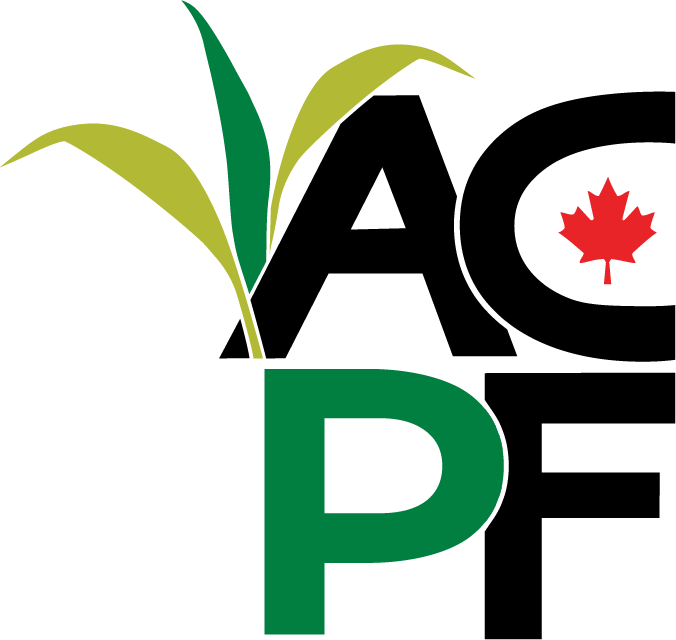Dr. Frank Mitloehner with the UC Davis CLEAR Centre opened the CFGA’s 13th annual conference, Cross Pollination: Co-Creating Ideas in the Forage Industry, on Nov. 29. His keynote address looked at climate change as it relates to ruminant livestock and grasslands, including facts, fiction and everything in between. Here is what Frank shared with attendees:
Climate change is not always fully understood. Radiation from the sun hits the earth, and a blanket of greenhouse gases (GHG) retains that solar radiation and reflects it. This blanket of GHGs is essential for life but is getting too thick as more are added to our atmosphere.
This raises several questions. How much do different sectors contribute to this blanket of GHGs? In particular, how much does methane from agriculture contribute? GHGs have different Global Warming Potentials (GWP100), meaning some are more potent than others. The problem is that GWP100 doesn’t’ consider important nuances about short-lived GHGs, such as methane, particularly it’s relatively short lifespan.
There are numerous sources of the global methane budget: livestock, biomass burning, fossil fuel use, etc. These sources emit about 560 tera-grams (tg), while sinks take care of about 550tg. The balance left between the two is around 10tg, much smaller than the total emissions. That 10tg is absolutely critical to consider, as it’s driving new warming.
The main methane sink is an atmospheric removal processes in which hydroxyl radicals meet a methane molecule, and break it down. This happens in approximately 10 years. Hydroxyl oxidation only occurs with methane, making it a short-lived GHG. It is fast and furious, furious because it has a good punch to it, but fast because it’s a short-lived climate pollutant. This process is not considered when doing GWP100 calculations, but scientists from the University of Oxford and elsewhere have developed a new matrix so that it is.
GWP* is a new metric that considers the short-lived nature of methane, as well as its atmospheric removal. Significant rectification is needed for how the world measures methane and this tool will help. Every time we burn fossil fuel, CO2 is produced and adds up. Currently, methane is treated the same way, as if we are continually stockpiling methane in the atmosphere, completely ignoring the natural cycle of atmospheric removal. If we only use GWP100 to characterize methane’s impact on climate, we will overestimate impact of constant methane emissions on warming by a factor of four over 20 years, a fact recognized by the Intergovernmental Panel for Climate Change (IPCC).
Can we reduce livestock methane before it reaches the atmosphere? Studies in California say yes. Farmers were mandated to reduce 40 per cent of methane below 2013 thresholds in the state with an incentive program. Dairies decided to cap lagoons and trap biogas of which 60 per cent is methane. Instead of being emitted it into the air, methane is converted into renewable natural gas, which can fuel vehicles. This conversion resulted in the state reaching 30 per cent of their 7.2MMTCO2e goal in just a few years.
Renewable natural gas from digesters are a carbon-negative fuel and it is very financially worthwhile. Reducing methane from constant sources can lead to pulling carbon out of the atmosphere, offsetting emissions elsewhere on farm and helping dairies reach climate neutrality. Many more dairies are going to jump on this in the future. There are other solutions on farm, such as higher productivity, better veterinary, better feed plants, and feed management improves dairy performance and environmental impact for dairies.
Methane is a problem if we fail to manage it. But by using tools already available, it’s possible to reduce emissions and lower the sector’s environmental impact, leading to agriculture being part of a climate solution.
Additional Information:
- Rethink Methane
- GHG Guru Blog
- Is the Grass Always Greener? Comparing the Environmental Impact of Conventional, Natural and Grass-Fed Beef Production Systems




Laissez un commentaire